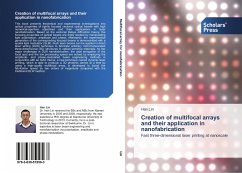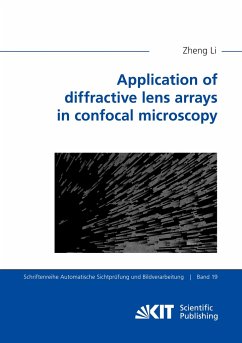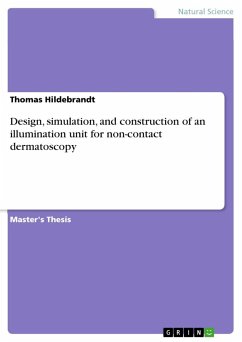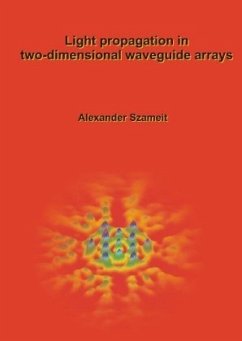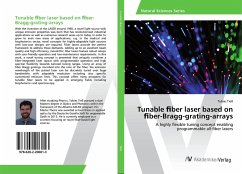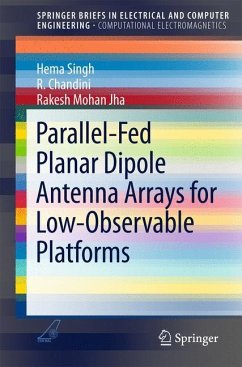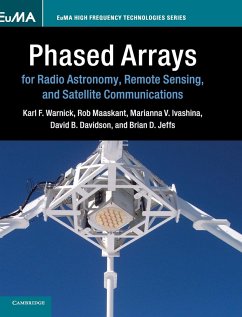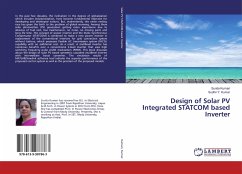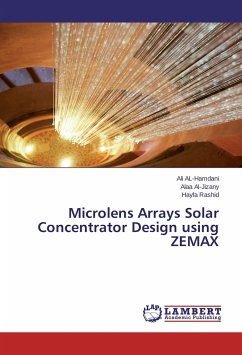
Microlens Arrays Solar Concentrator Design using ZEMAX
Versandkostenfrei!
Versandfertig in 6-10 Tagen
19,99 €
inkl. MwSt.

PAYBACK Punkte
10 °P sammeln!
Microlens arrays contain multiple lenses formed in a one-dimensional or two-dimensional array on a supporting substrate. With optical sensor arrays tiny lens systems serve to focus and concentrate the light onto the photodiode surface instead of allowing it to fall on non-photosensitive areas of the pixel device. Fill-factor area occupied by the microlens arrays. Mostly, the lens shape is cylindrical or spherical. Array size strongly depends on the applications. It can range from 1×2 for optical switch applications up to more than 103×103 for diffusers or display applications. Single microle...
Microlens arrays contain multiple lenses formed in a one-dimensional or two-dimensional array on a supporting substrate. With optical sensor arrays tiny lens systems serve to focus and concentrate the light onto the photodiode surface instead of allowing it to fall on non-photosensitive areas of the pixel device. Fill-factor area occupied by the microlens arrays. Mostly, the lens shape is cylindrical or spherical. Array size strongly depends on the applications. It can range from 1×2 for optical switch applications up to more than 103×103 for diffusers or display applications. Single microlens is used to couple light to optical fibers while microlens arrays are often used to increase the light collection efficiency of charge-coupled device (CCD) array. They collect and focus light that would have otherwise fallen on to the non-sensitive areas of the CCD. Microlens arrays are also used in some digital projectors, to focus light to the active areas of the LCD used to generate the image to be projected. Current research also relies on microlens of various types to act as concentrators for high efficiency photovoltaic for electricity production






